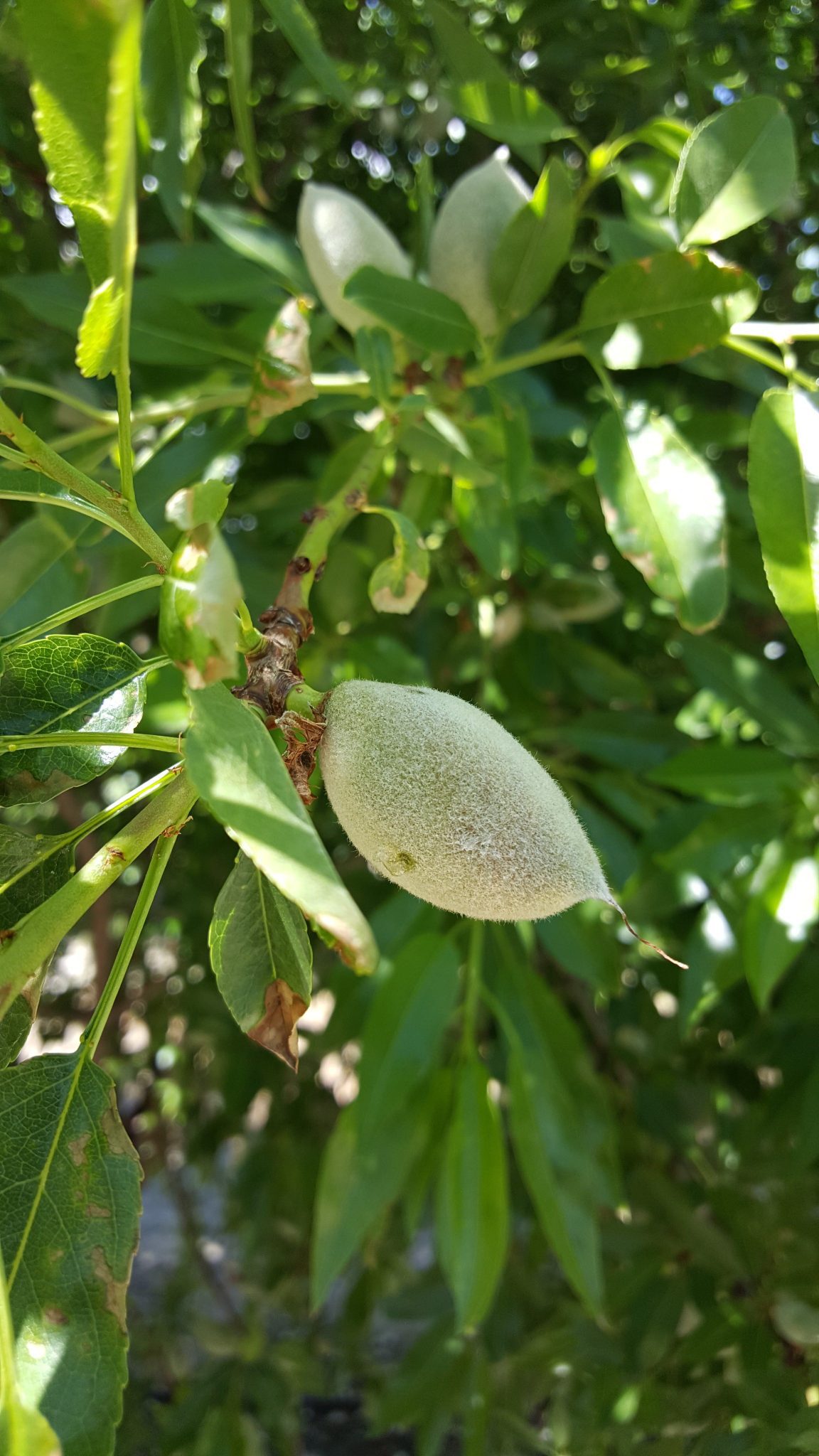
A multi-year effort to identify and isolate compounds to make up the leaffooted bug pheromone in order to better monitor this pest has produced promising results for the almond and pistachio industries.
Researchers Jocelyn Millar (UC Riverside), Houston Wilson (UC Riverside) and Kent Daane (UC Berkeley) have identified and synthesized the nine compounds that make up the LFB pheromone, and preliminary field trials have shown that the pheromone lures can successfully attract LFB adults. The aim is to now determine the most effective blend of compounds as well as develop pheromone production methods that are cost effective.
“We need to know if all nine compounds are really necessary or if we can get away with using just a smaller subset of key components. Once that is known, we’ll then need to optimize synthesis of the compounds to make a cost-effective lure,” he added.
Once the right balance of the synthesized pheromones that lures LFB into a trap is determined, Wilson said the next step will be understanding how a trap catch translates into LFB population levels in an orchard. By determining threshold levels for LFB, growers can receive better guidance on timing control measures in the orchard before crop damage occurs.
The research team has also been working to identify an optimal trap for LFB. After comparing multiple options, the best performer appears to be a blue or yellow cross-vane panel trap coated with fluon, which is like liquid Teflon, to make the surface slippery for insects.
Last fall, and again this spring, the synthesized pheromone compounds and traps were tested in Central Valley orchards with good results.
This Almond Board of California and California Pistachio Research Board funded research was deemed necessary with the rise in LFB damage over the past decade. This insect’s feeding on almonds causes brown spot damage and raises rejection rates at the processor.
Current monitoring strategies rely on signs of feeding damage or sampling the tree canopies for presence of adult or nymph-stage LFB, all of which are time- and labor-intensive, and in the case of crop damage after the fact. When gummosis is present on almond, growers can cut open the nuts to look for evidence of LFB feeding, but the damage has already been done, Wilson said.

Cecilia Parsons
Cecilia Parsons has lived in the Central Valley community of Ducor since 1976, covering agriculture for numerous agricultural publications over the years. She has found and nurtured many wonderful and helpful contacts in the ag community, including the UCCE advisors, allowing for news coverage that focuses on the basics of food production.
She is always on the search for new ag topics that can help growers and processors in the San Joaquin Valley improve their bottom line.
In her free time, Cecilia rides her horse, Holly in ranch versatility shows and raises registered Shetland sheep which she exhibits at county and state fairs during the summer.















